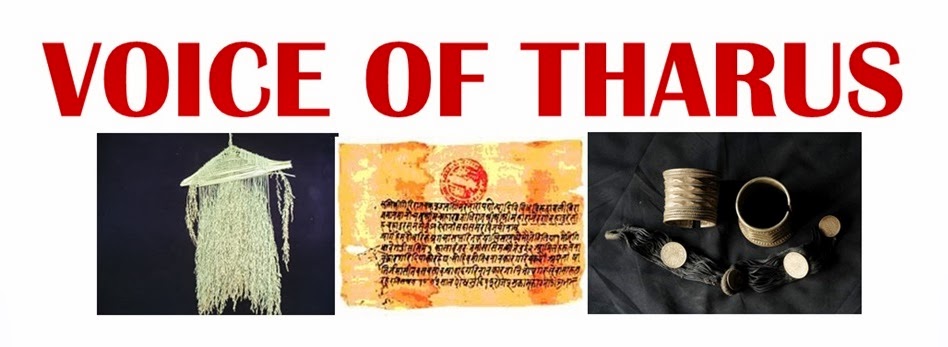 |
| Pills (for representation purpose only). Image by Flickr user Me. (CC BY 2.0) |
The World Sickle Cell Awareness Awareness Day just passed by on 19 June. Since 2008, World Sickle Cell Awareness Day has been held annually, in order to help increase public knowledge and raise awareness of Sickle Cell Disease (SCD) and the struggles sufferers and their families go through.
In Nepal, Tharus, the fourth largest group in terms of population in Nepal, have a seven-fold lower prevalence of malaria than non-Tharus. Tharus have been living in the plains, which were infested with malaria for thousands of years.
Sickle cell has been found to be more prevalent in the malaria-affected areas, especially among Tharus, and the people with sickle-cell trait have been found to be more resistant to malaria.
Read: Sickle-Cell Disease Has Hit Nepal’s Tharu Indigenous Community Particularly Hard
Sickle-cell disease receives its name from the abnormally shaped red blood cells, like a sickle in appearance, that get stuck in the blood vessels. The disorder, which is inherited from parents, makes it difficult for the blood vessels to deliver oxygen to the body, causing intense pain and leading to complications like organ damage and stroke at times.
As the diagnosis and treatment of the disease is very expensive and not available at local health facilities in Nepal, many families have sold their land and properties to get treatment in neighboring India.
However, a new drug is supposed to provide a ray of hope to sickle cell patients. The new drug, called SelG1, has performed well in very early trials. Scientists claim that it has reduced episodes of sickle cell discomfort dilemmas by 45%. They additionally state that it seems safe and was well tolerated.
Read more.

No comments:
Post a Comment